#pruning of pome plant
Explore tagged Tumblr posts
Text
pomegranate
Pomegranate
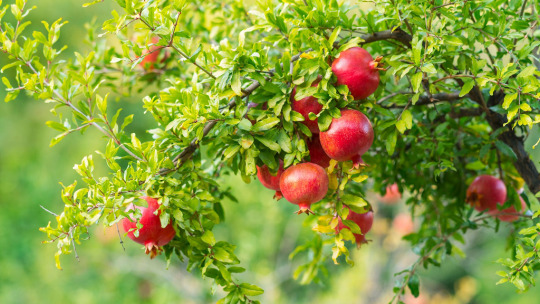
The pomegranate is famously known as the fruit of heaven belongs to the berry family. Pomegranate fruit is a delicious fruit and has juicy grains inside. Grow pomegranates as large, shrub or small trees.
Types

There are 1200 different varieties of pomegranate which have unique tastes and various colours. There are purple hearts, Eversweet, wonderful, kazake, red silk, texas pink.
Purple heart
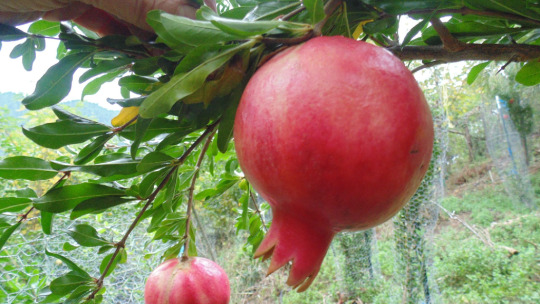
Purple heart varieties are large with dark red. Fruits begin to produce at about 3 years old. Pick fruit off a tree when it is mature. These pomegranate plants grow 12-30 feet tall and wide. Provide lots of health benefits. They are the best immune boosters and good healers.
Eversweet
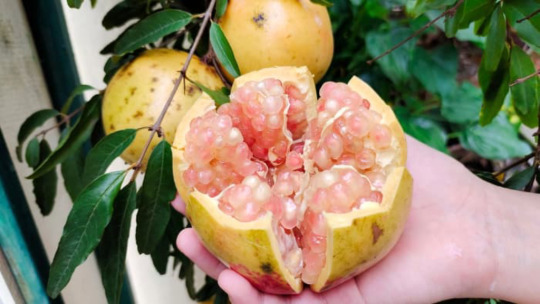
The color of the pomegranate is pinkish-pale red. Eversweet seeds are a little hard in texture and are highly nutritious containing vitamins A, C and E. Pomegranate trees are glossy, narrow leathery leaves which are lance-shaped. These varieties are self-pollinated. This is a national fruit of Iran.
Kazake
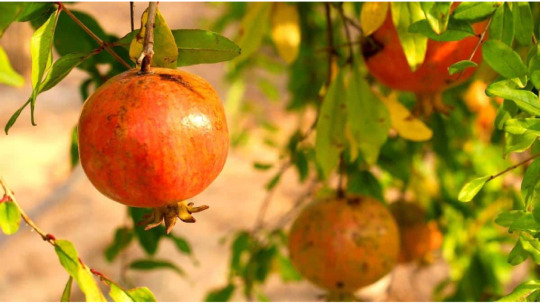
Kazake varieties produce medium to large size fruit. This is the most dwarfing species. This pomegranate plant is fast-growing with drought tolerant. This is a seeded fruit and it has a thick reddish outer covering. These flowers often fall off the branches rather than converting into fruit.
Red silk
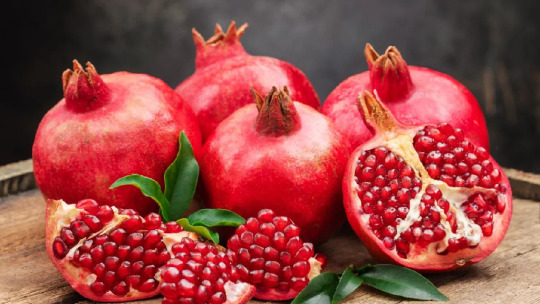
Red silk is the best pot-growing variety, which is a semi-dwarf growth habit. It has dark red flesh and red arils. Grows trees in hot and dry climatic conditions. Its contain fibre which keeps our digestive system healthy.
Texas pink

Texas pink pomegranate plant produces attractive blooming which converts pink fruits. This variety is a famous ornamental fruit plant. Texas pink is a self-fertile plant. It has large edible seeds.
Wonderful
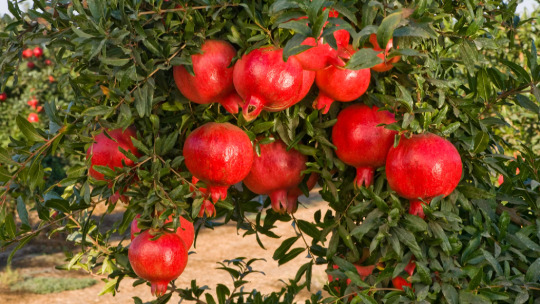
Wonderful pomegranate plant is the most common variety grown in the low desert of Arizona. Mix a teaspoon of natural honey in half a liter of water and spray directly on the flower with the help of a spray bottle. This will attract honey bees for pollination. This tip helps to increase the yield. This fruit is too sweet and highly beneficial.
Seed
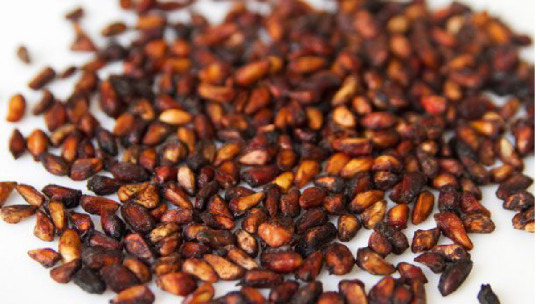
In this Punica granatum fruit plant seeds are also edible. It contains vitamins, minerals and antioxidants. In average one fruits can hold 1000 seeds. Seeds are covered with glowing red skin.
Soil
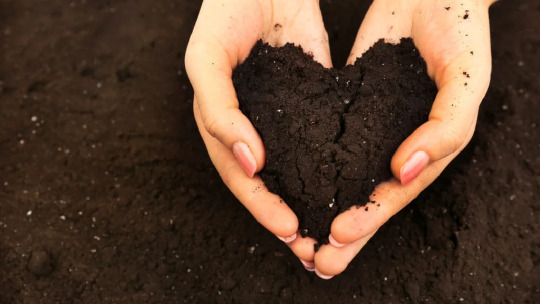
For better growth and development prefers to grow in well-drained loamy soil. Soil mix with 80% bone meal and 20% neem cake.
Water
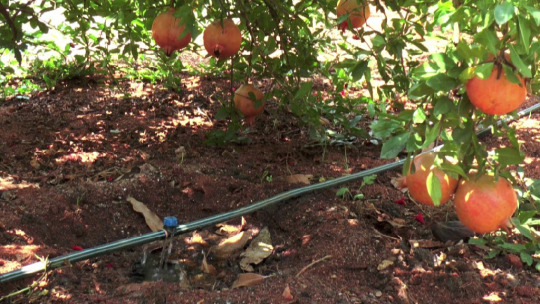
For mature pomegranate tree, adequate irrigation especially during the dry periods is very important to improve growth, fruit set, yield and fruit size.
Sunlight
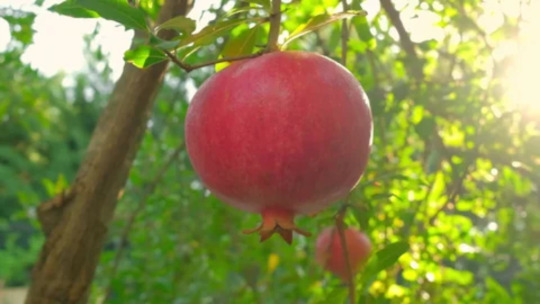
Select the location to keep the pomegranate plant with plenty of sunlight. In cooler climates, plant pome tree with western exposure. Requires 6 hours’ of direct sunlight.
Fertilizer
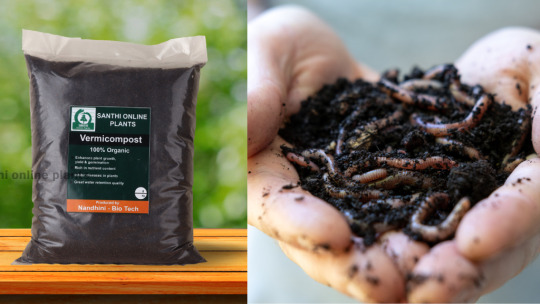
Good organic mulch and cow manure can improve plant growth and soil fertility. Application of vermicompost at monthly intervals.
Repotting
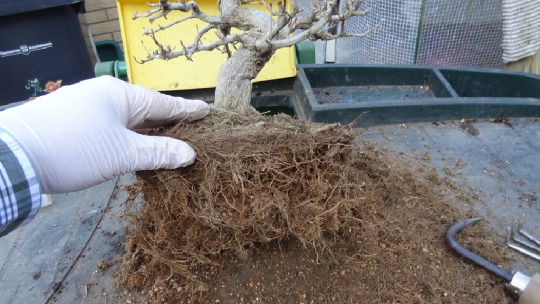
Repot the plant into a new pot when the root bound occurs. Normally repot the plant for two to three years.
Pruning
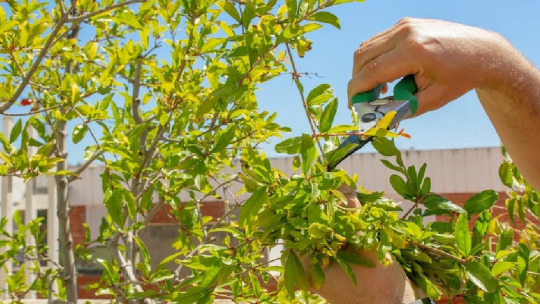
The best time for pome tree pruning is late winter, after harvesting the fruits. Branch pruning can increase fruit production. Pruning the roots will help to reduce root bound. Pruned the tree before repotting.
Benefits
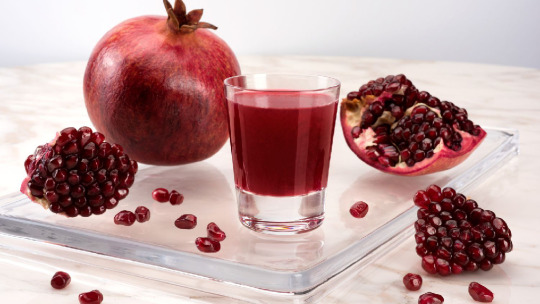
Daily consumption of pome gives us strength and energy
Its contain fibre which keeps our digestive system healthy.
Punica granatum helps to increase appetite.
Punica granatum is highly beneficial for pregnant women.
Reduces pain in joints and arthritis.
Keep your earth clean and green...!
#kazake#Kazake varieties produce medium to large size fruit. This is the most dwarfing species. This pomegranate plant is fast-growing with drought#Red silk#red silk#Red silk is the best pot-growing variety#which is a semi-dwarf growth habit. It has dark red flesh and red arils. Grows trees in hot and dry climatic conditions. Its contain fibre#Texas pink#texas pink#Texas pink pomegranate plant produces attractive blooming which converts pink fruits. This variety is a famous ornamental fruit plant. Texa#Wonderful#wonderful pomegranate plant#Wonderful pomegranate plant is the most common variety grown in the low desert of Arizona. Mix a teaspoon of natural honey in half a liter#Seed#seed pome#In this Punica granatum fruit plant seeds are also edible. It contains vitamins#minerals and antioxidants. In average one fruits can hold 1000 seeds. Seeds are covered with glowing red skin.#Soil#soil for pome#For better growth and development prefers to grow in well-drained loamy soil. Soil mix with 80% bone meal and 20% neem cake.#Water#watering for pome#For mature pomegranate tree#adequate irrigation especially during the dry periods is very important to improve growth#fruit set#yield and fruit size.#Sunlight#sunlight for pome fruit#Select the location to keep the pomegranate plant with plenty of sunlight. In cooler climates#plant pome tree with western exposure. Requires 6 hours’ of direct sunlight.#Fertilizer
1 note
·
View note
Text
pomegranate
Pomegranate
The pomegranate is famously known as the fruit of heaven belongs to the berry family. Pomegranate fruit is a delicious fruit and has juicy grains inside. Grow pomegranates as large, shrub or small trees.
Types
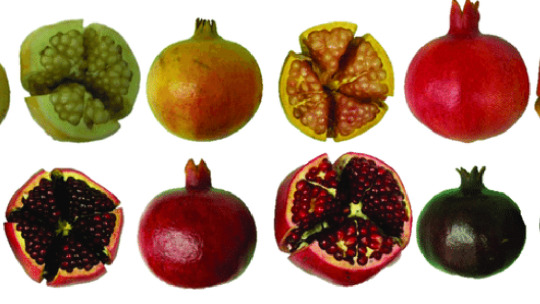
There are 1200 different varieties of pomegranate which have unique tastes and various colours. There are purple hearts, Eversweet, wonderful, kazake, red silk, texas pink.
Purple heart

Purple heart varieties are large with dark red. Fruits begin to produce at about 3 years old. Pick fruit off a tree when it is mature. These pomegranate plants grow 12-30 feet tall and wide. Provide lots of health benefits. They are the best immune boosters and good healers.
Eversweet
The color of the pomegranate is pinkish-pale red. Eversweet seeds are a little hard in texture and are highly nutritious containing vitamins A, C and E. Pomegranate trees are glossy, narrow leathery leaves which are lance-shaped. These varieties are self-pollinated. This is a national fruit of Iran.
Kazake
Kazake varieties produce medium to large size fruit. This is the most dwarfing species. This pomegranate plant is fast-growing with drought tolerant. This is a seeded fruit and it has a thick reddish outer covering. These flowers often fall off the branches rather than converting into fruit.
Red silk
Red silk is the best pot-growing variety, which is a semi-dwarf growth habit. It has dark red flesh and red arils. Grows trees in hot and dry climatic conditions. Its contain fibre which keeps our digestive system healthy.
Texas pink
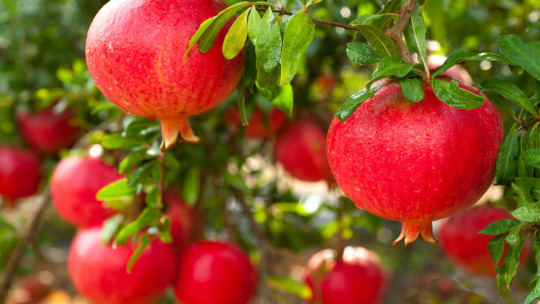
Texas pink pomegranate plant produces attractive blooming which converts pink fruits. This variety is a famous ornamental fruit plant. Texas pink is a self-fertile plant. It has large edible seeds.
Wonderful pomegranate plant is the most common variety grown in the low desert of Arizona. Mix a teaspoon of natural honey in half a liter of water and spray directly on the flower with the help of a spray bottle. This will attract honey bees for pollination. This tip helps to increase the yield. This fruit is too sweet and highly beneficial.
Seed
In this Punica granatum fruit plant seeds are also edible. It contains vitamins, minerals and antioxidants. In average one fruits can hold 1000 seeds. Seeds are covered with glowing red skin.
Soil
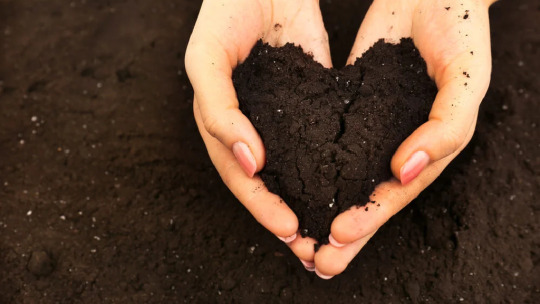
For better growth and development prefers to grow in well-drained loamy soil. Soil mix with 80% bone meal and 20% neem cake.
Water

For mature pomegranate tree, adequate irrigation especially during the dry periods is very important to improve growth, fruit set, yield and fruit size.
Sunlight
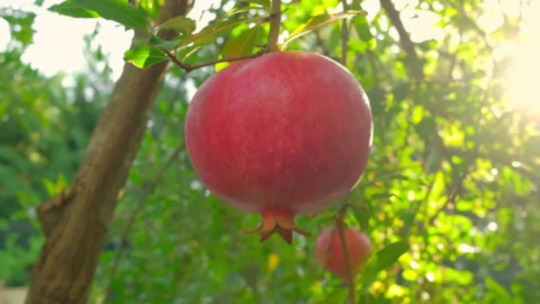
Select the location to keep the pomegranate plant with plenty of sunlight. In cooler climates, plant pome tree with western exposure. Requires 6 hours’ of direct sunlight.
Fertilizer
Good organic mulch and cow manure can improve plant growth and soil fertility. Application of vermicompost at monthly intervals.
Repotting
Repot the plant into a new pot when the root bound occurs. Normally repot the plant for two to three years.
Pruning
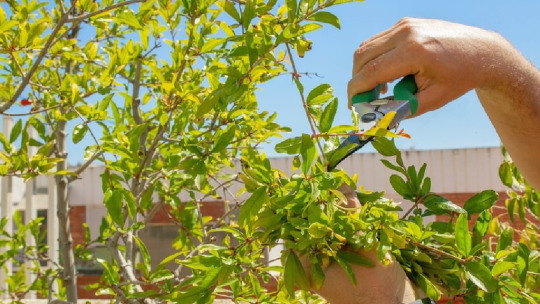
The best time for pome tree pruning is late winter, after harvesting the fruits. Branch pruning can increase fruit production. Pruning the roots will help to reduce root bound. Pruned the tree before repotting.
Benefits
Daily consumption of pome gives us strength and energy
Its contain fibre which keeps our digestive system healthy.
Punica granatum helps to increase appetite.
Punica granatum is highly beneficial for pregnant women.
Reduces pain in joints and arthritis.
Keep your earth clean and green...!
Pomegranate fruit plant
Blog created by: Santhionlineplants
#Wonderful pomegranate plant is the most common variety grown in the low desert of Arizona. Mix a teaspoon of natural honey in half a liter o#Seed#seed pome#In this Punica granatum fruit plant seeds are also edible. It contains vitamins#minerals and antioxidants. In average one fruits can hold 1000 seeds. Seeds are covered with glowing red skin.#Soil#soil for pome#For better growth and development prefers to grow in well-drained loamy soil. Soil mix with 80% bone meal and 20% neem cake.#Water#watering for pome#For mature pomegranate tree#adequate irrigation especially during the dry periods is very important to improve growth#fruit set#yield and fruit size.#Sunlight#sunlight for pome fruit#Select the location to keep the pomegranate plant with plenty of sunlight. In cooler climates#plant pome tree with western exposure. Requires 6 hours’ of direct sunlight.#Fertilizer#manure#Good organic mulch and cow manure can improve plant growth and soil fertility. Application of vermicompost at monthly intervals.#Repotting#repot the fruit tree#Repot the plant into a new pot when the root bound occurs. Normally repot the plant for two to three years.#Pruning#pruning of pome plant#The best time for pome tree pruning is late winter#after harvesting the fruits. Branch pruning can increase fruit production. Pruning the roots will help to reduce root bound. Pruned the tre#Benefits#benefits of pome fruit
0 notes
Text
pomegranate
Pomegranate

The pomegranate is famously known as the fruit of heaven belongs to the berry family. Pomegranate fruit is a delicious fruit and has juicy grains inside. Grow pomegranates as large, shrub or small trees.
Types
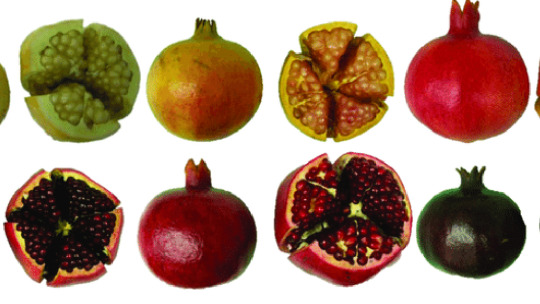
There are 1200 different varieties of pomegranate which have unique tastes and various colours. There are purple hearts, Eversweet, wonderful, kazake, red silk, texas pink.
Purple heart
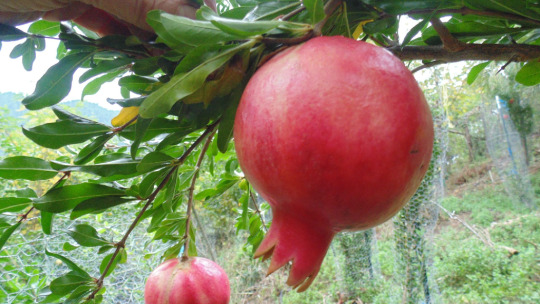
Purple heart varieties are large with dark red. Fruits begin to produce at about 3 years old. Pick fruit off a tree when it is mature. These pomegranate plants grow 12-30 feet tall and wide. Provide lots of health benefits. They are the best immune boosters and good healers.
Eversweet

The color of the pomegranate is pinkish-pale red. Eversweet seeds are a little hard in texture and are highly nutritious containing vitamins A, C and E. Pomegranate trees are glossy, narrow leathery leaves which are lance-shaped. These varieties are self-pollinated. This is a national fruit of Iran.
Kazake

Kazake varieties produce medium to large size fruit. This is the most dwarfing species. This pomegranate plant is fast-growing with drought tolerant. This is a seeded fruit and it has a thick reddish outer covering. These flowers often fall off the branches rather than converting into fruit.
Red silk
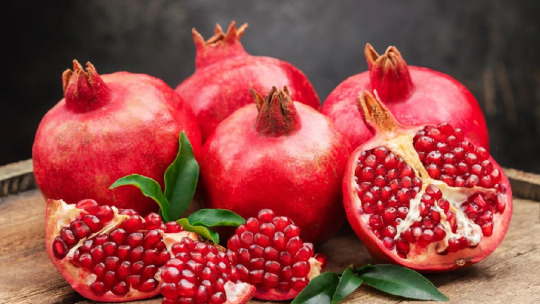
Red silk is the best pot-growing variety, which is a semi-dwarf growth habit. It has dark red flesh and red arils. Grows trees in hot and dry climatic conditions. Its contain fibre which keeps our digestive system healthy.
Texas pink
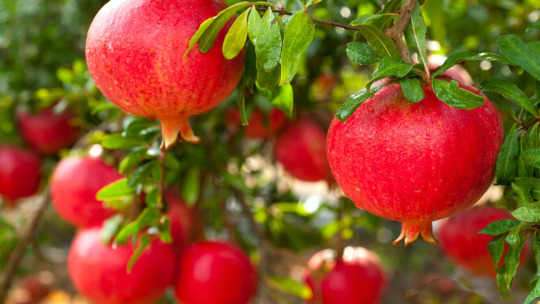
Texas pink pomegranate plant produces attractive blooming which converts pink fruits. This variety is a famous ornamental fruit plant. Texas pink is a self-fertile plant. It has large edible seeds.
Wonderful
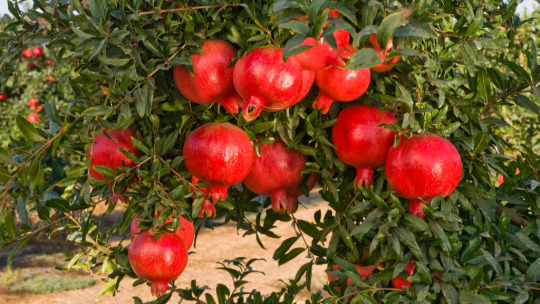
Wonderful pomegranate plant is the most common variety grown in the low desert of Arizona. Mix a teaspoon of natural honey in half a liter of water and spray directly on the flower with the help of a spray bottle. This will attract honey bees for pollination. This tip helps to increase the yield. This fruit is too sweet and highly beneficial.
Seed
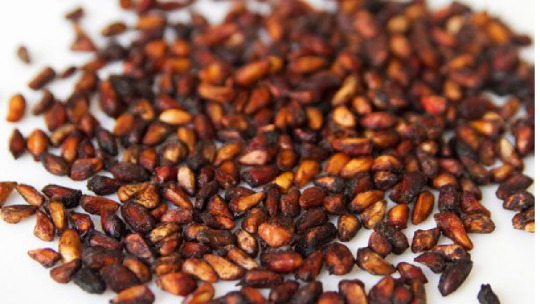
In this Punica granatum fruit plant seeds are also edible. It contains vitamins, minerals and antioxidants. In average one fruits can hold 1000 seeds. Seeds are covered with glowing red skin.
Soil

For better growth and development prefers to grow in well-drained loamy soil. Soil mix with 80% bone meal and 20% neem cake.
Water
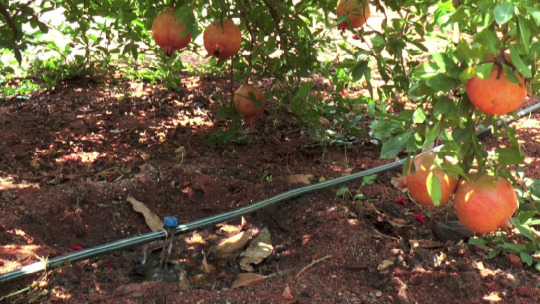
For mature pomegranate tree, adequate irrigation especially during the dry periods is very important to improve growth, fruit set, yield and fruit size.
Sunlight
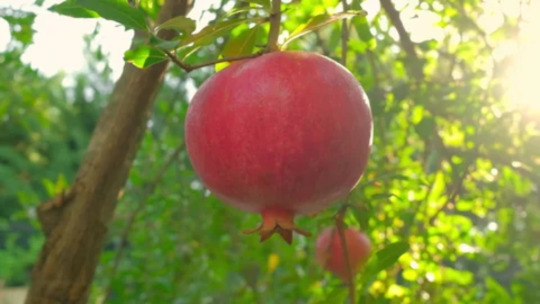
Select the location to keep the pomegranate plant with plenty of sunlight. In cooler climates, plant pome tree with western exposure. Requires 6 hours’ of direct sunlight.
Fertilizer
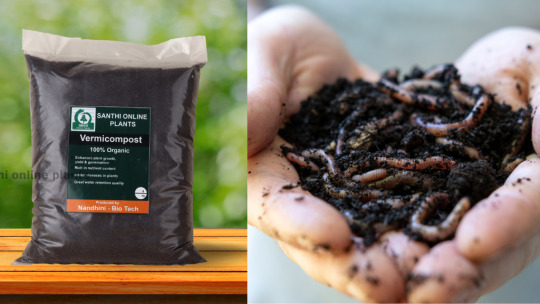
Good organic mulch and cow manure can improve plant growth and soil fertility. Application of vermicompost at monthly intervals.
Repotting
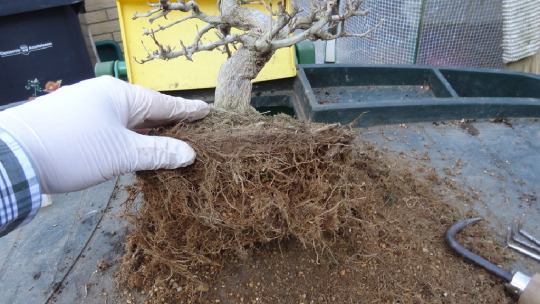
Repot the plant into a new pot when the root bound occurs. Normally repot the plant for two to three years.
Pruning
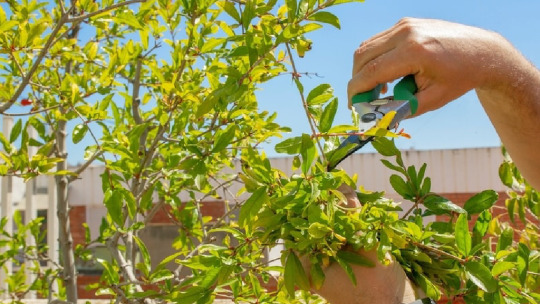
The best time for pome tree pruning is late winter, after harvesting the fruits. Branch pruning can increase fruit production. Pruning the roots will help to reduce root bound. Pruned the tree before repotting.
Benefits
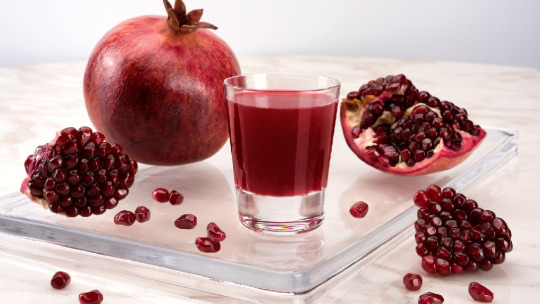
Daily consumption of pome gives us strength and energy
Its contain fibre which keeps our digestive system healthy.
Punica granatum helps to increase appetite.
Punica granatum is highly beneficial for pregnant women.
Reduces pain in joints and arthritis.
Keep your earth clean and green...!
#kazake#Kazake varieties produce medium to large size fruit. This is the most dwarfing species. This pomegranate plant is fast-growing with drought#Red silk#red silk#Red silk is the best pot-growing variety#which is a semi-dwarf growth habit. It has dark red flesh and red arils. Grows trees in hot and dry climatic conditions. Its contain fibre#Texas pink#texas pink#Texas pink pomegranate plant produces attractive blooming which converts pink fruits. This variety is a famous ornamental fruit plant. Texa#Wonderful#wonderful pomegranate plant#Wonderful pomegranate plant is the most common variety grown in the low desert of Arizona. Mix a teaspoon of natural honey in half a liter#Seed#seed pome#In this Punica granatum fruit plant seeds are also edible. It contains vitamins#minerals and antioxidants. In average one fruits can hold 1000 seeds. Seeds are covered with glowing red skin.#Soil#soil for pome#For better growth and development prefers to grow in well-drained loamy soil. Soil mix with 80% bone meal and 20% neem cake.#Water#watering for pome#For mature pomegranate tree#adequate irrigation especially during the dry periods is very important to improve growth#fruit set#yield and fruit size.#Sunlight#sunlight for pome fruit#Select the location to keep the pomegranate plant with plenty of sunlight. In cooler climates#plant pome tree with western exposure. Requires 6 hours’ of direct sunlight.#Fertilizer
1 note
·
View note
Text
pomegranate
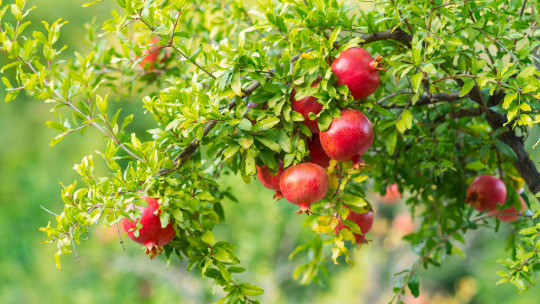
The pomegranate is famously known as the fruit of heaven belongs to the berry family. Pomegranate fruit is a delicious fruit and has juicy grains inside. Grow pomegranates as large, shrub or small trees.
Types
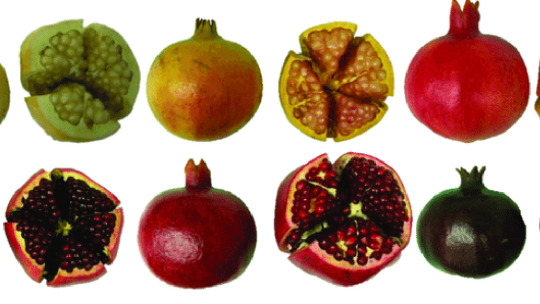
There are 1200 different varieties of pomegranate which have unique tastes and various colours. There are purple hearts, Eversweet, wonderful, kazake, red silk, texas pink.
Purple heart
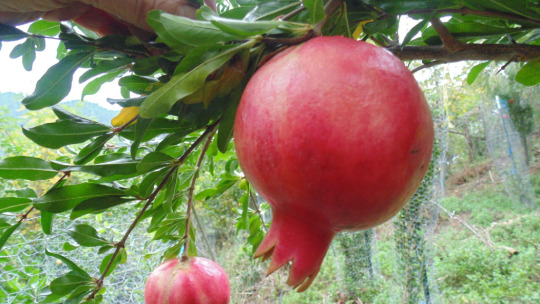
Purple heart varieties are large with dark red. Fruits begin to produce at about 3 years old. Pick fruit off a tree when it is mature. These pomegranate plants grow 12-30 feet tall and wide. Provide lots of health benefits. They are the best immune boosters and good healers.
Eversweet

The color of the pomegranate is pinkish-pale red. Eversweet seeds are a little hard in texture and are highly nutritious containing vitamins A, C and E. Pomegranate trees are glossy, narrow leathery leaves which are lance-shaped. These varieties are self-pollinated. This is a national fruit of Iran.
Kazake

Kazake varieties produce medium to large size fruit. This is the most dwarfing species. This pomegranate plant is fast-growing with drought tolerant. This is a seeded fruit and it has a thick reddish outer covering. These flowers often fall off the branches rather than converting into fruit.
Red silk
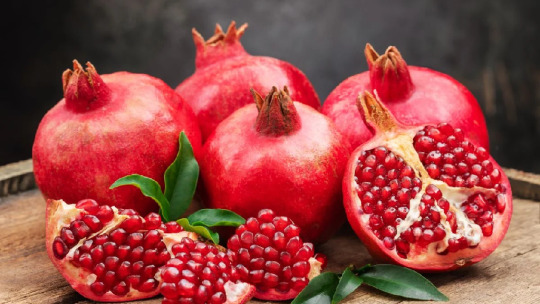
Red silk is the best pot-growing variety, which is a semi-dwarf growth habit. It has dark red flesh and red arils. Grows trees in hot and dry climatic conditions. Its contain fibre which keeps our digestive system healthy.
Texas pink
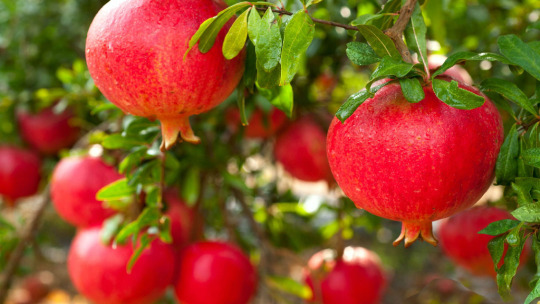
Texas pink pomegranate plant produces attractive blooming which converts pink fruits. This variety is a famous ornamental fruit plant. Texas pink is a self-fertile plant. It has large edible seeds.
Wonderful
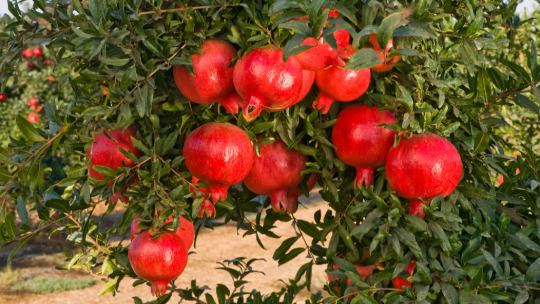
Wonderful pomegranate plant is the most common variety grown in the low desert of Arizona. Mix a teaspoon of natural honey in half a liter of water and spray directly on the flower with the help of a spray bottle. This will attract honey bees for pollination. This tip helps to increase the yield. This fruit is too sweet and highly beneficial.
Seed

In this Punica granatum fruit plant seeds are also edible. It contains vitamins, minerals and antioxidants. In average one fruits can hold 1000 seeds. Seeds are covered with glowing red skin.
Soil

For better growth and development prefers to grow in well-drained loamy soil. Soil mix with 80% bone meal and 20% neem cake.
Water
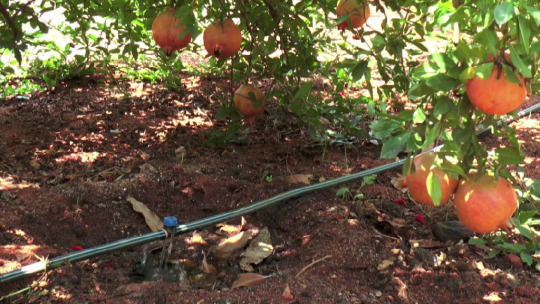
For mature pomegranate tree, adequate irrigation especially during the dry periods is very important to improve growth, fruit set, yield and fruit size.
Sunlight

Select the location to keep the pomegranate plant with plenty of sunlight. In cooler climates, plant pome tree with western exposure. Requires 6 hours’ of direct sunlight.
Fertilizer

Good organic mulch and cow manure can improve plant growth and soil fertility. Application of vermicompost at monthly intervals.
Repotting

Repot the plant into a new pot when the root bound occurs. Normally repot the plant for two to three years.
Pruning

The best time for pome tree pruning is late winter, after harvesting the fruits. Branch pruning can increase fruit production. Pruning the roots will help to reduce root bound. Pruned the tree before repotting.
Benefits
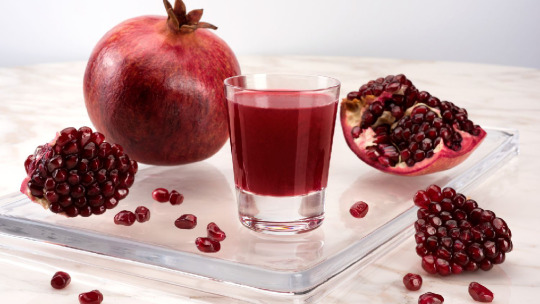
Daily consumption of pome gives us strength and energy
Its contain fibre which keeps our digestive system healthy.
Punica granatum helps to increase appetite.
Punica granatum is highly beneficial for pregnant women.
Reduces pain in joints and arthritis.
Keep your earth clean and green...!
Pomegranate fruit plant
Blog created by: Santhionlineplants
#Pomegranate#pomegranate(Punica granatum)#The pomegranate is famously known as the fruit of heaven belongs to the berry family. Pomegranate fruit is a delicious fruit and has juicy#shrub or small trees.#Types#varieties#There are 1200 different varieties of pomegranate which have unique tastes and various colours. There are purple hearts#Eversweet#wonderful#kazake#red silk#texas pink.#Purple heart#purple heart#Purple heart varieties are large with dark red. Fruits begin to produce at about 3 years old. Pick fruit off a tree when it is mature. Thes#eversweet fruit#The color of the pomegranate is pinkish-pale red. Eversweet seeds are a little hard in texture and are highly nutritious containing vitamin#C and E. Pomegranate trees are glossy#narrow leathery leaves which are lance-shaped. These varieties are self-pollinated. This is a national fruit of Iran.#Kazake#Kazake varieties produce medium to large size fruit. This is the most dwarfing species. This pomegranate plant is fast-growing with drought#Red silk#Red silk is the best pot-growing variety#which is a semi-dwarf growth habit. It has dark red flesh and red arils. Grows trees in hot and dry climatic conditions. Its contain fibre#Texas pink#texas pink#Texas pink pomegranate plant produces attractive blooming which converts pink fruits. This variety is a famous ornamental fruit plant. Texa#Wonderful#wonderful pomegranate plant#Wonderful pomegranate plant is the most common variety grown in the low desert of Arizona. Mix a teaspoon of natural honey in half a liter
0 notes
Text
Pomegranate
Pomegranate
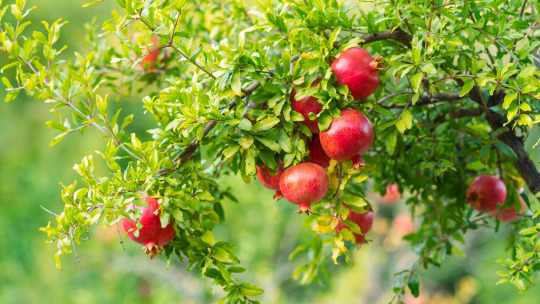
The pomegranate is famously known as the fruit of heaven belongs to the berry family. Pomegranate fruit is a delicious fruit and has juicy grains inside. Grow pomegranates as large, shrub or small trees.
Types
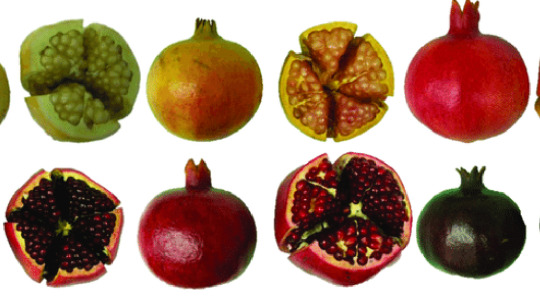
There are 1200 different varieties of pomegranate which have unique tastes and various colours. There are purple hearts, Eversweet, wonderful, kazake, red silk, texas pink.
Purple heart
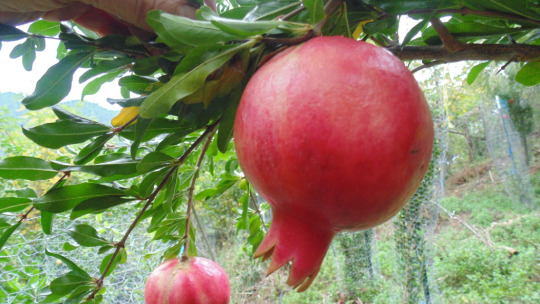
Purple heart varieties are large with dark red. Fruits begin to produce at about 3 years old. Pick fruit off a tree when it is mature. These pomegranate plants grow 12-30 feet tall and wide. Provide lots of health benefits. They are the best immune boosters and good healers.
Eversweet
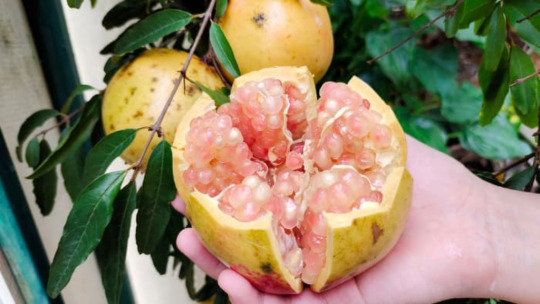
The color of the pomegranate is pinkish-pale red. Eversweet seeds are a little hard in texture and are highly nutritious containing vitamins A, C and E. Pomegranate trees are glossy, narrow leathery leaves which are lance-shaped. These varieties are self-pollinated. This is a national fruit of Iran.
Kazake
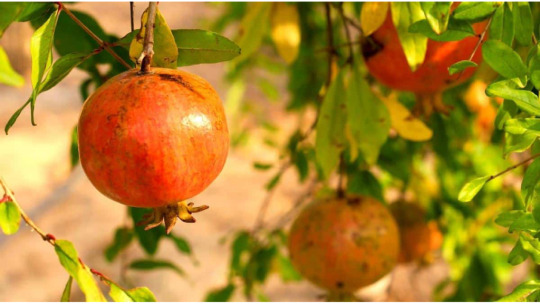
Kazake varieties produce medium to large size fruit. This is the most dwarfing species. This pomegranate plant is fast-growing with drought tolerant. This is a seeded fruit and it has a thick reddish outer covering. These flowers often fall off the branches rather than converting into fruit.
Red silk
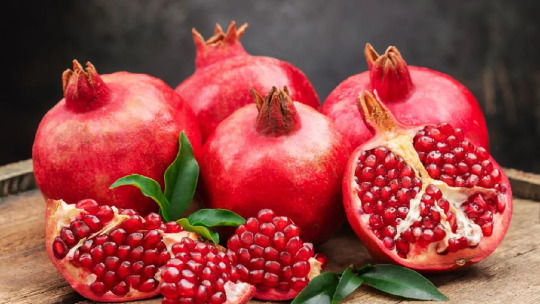
Red silk is the best pot-growing variety, which is a semi-dwarf growth habit. It has dark red flesh and red arils. Grows trees in hot and dry climatic conditions. Its contain fibre which keeps our digestive system healthy.
Texas pink

Texas pink pomegranate plant produces attractive blooming which converts pink fruits. This variety is a famous ornamental fruit plant. Texas pink is a self-fertile plant. It has large edible seeds.
Wonderful
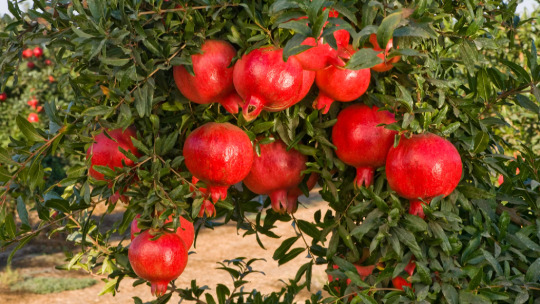
Wonderful pomegranate plant is the most common variety grown in the low desert of Arizona. Mix a teaspoon of natural honey in half a liter of water and spray directly on the flower with the help of a spray bottle. This will attract honey bees for pollination. This tip helps to increase the yield. This fruit is too sweet and highly beneficial.
Seed
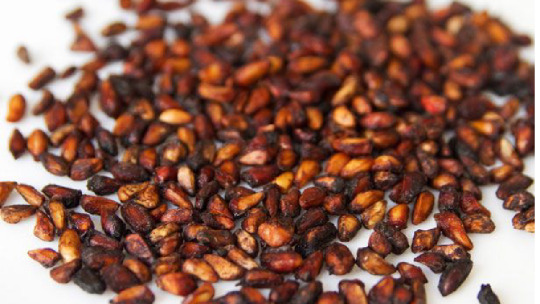
In this Punica granatum fruit plant seeds are also edible. It contains vitamins, minerals and antioxidants. In average one fruits can hold 1000 seeds. Seeds are covered with glowing red skin.
Soil
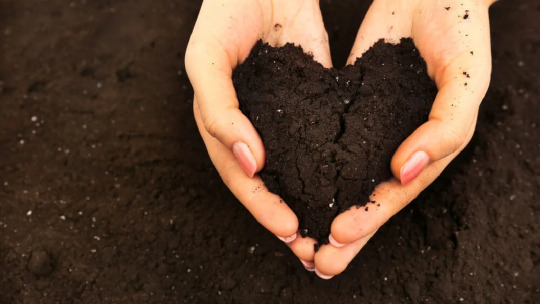
For better growth and development prefers to grow in well-drained loamy soil. Soil mix with 80% bone meal and 20% neem cake.
Water
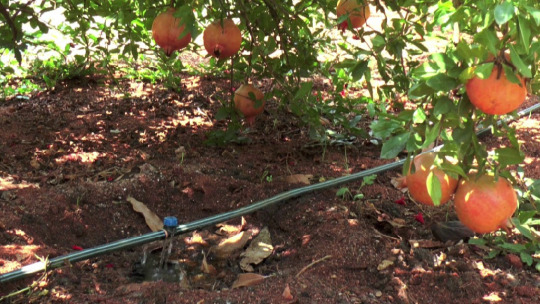
For mature pomegranate tree, adequate irrigation especially during the dry periods is very important to improve growth, fruit set, yield and fruit size.
Sunlight
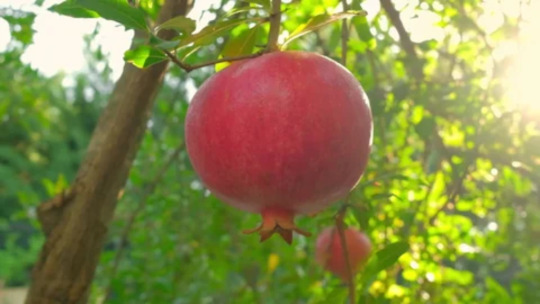
Select the location to keep the pomegranate plant with plenty of sunlight. In cooler climates, plant pome tree with western exposure. Requires 6 hours’ of direct sunlight.
Fertilizer
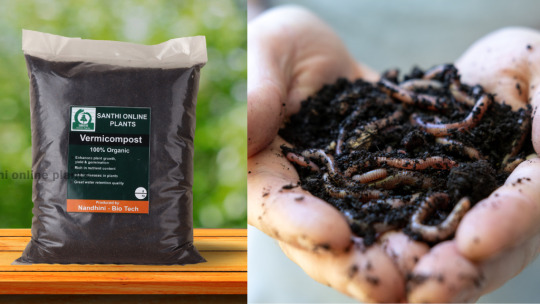
Good organic mulch and cow manure can improve plant growth and soil fertility. Application of vermicompost at monthly intervals.
Repotting
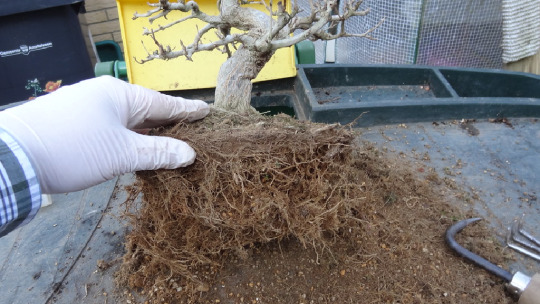
Repot the plant into a new pot when the root bound occurs. Normally repot the plant for two to three years.
Pruning
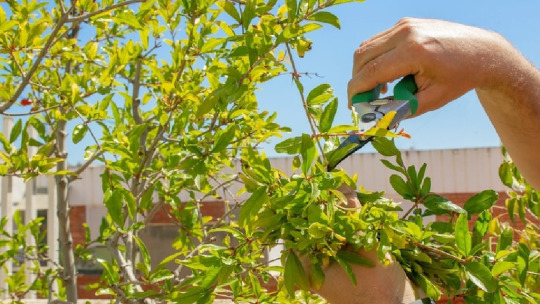
The best time for pome tree pruning is late winter, after harvesting the fruits. Branch pruning can increase fruit production. Pruning the roots will help to reduce root bound. Pruned the tree before repotting.
Benefits
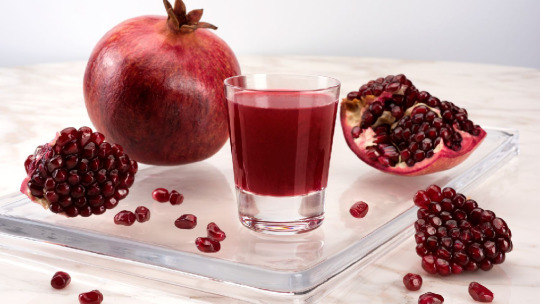
Daily consumption of pome gives us strength and energy
Its contain fibre which keeps our digestive system healthy.
Punica granatum helps to increase appetite.
Punica granatum is highly beneficial for pregnant women.
Reduces pain in joints and arthritis.
Keep your earth clean and green…!
Pomegranate fruit plant
Blog created by: Santhionlineplants
0 notes
Text
How to Prune Fruit Trees
Pruning trees at the right time can help ensure a bigger and better fruit harvest, easier to access fruit, and healthier trees, making you more resilient.
What is pruning and why do we do it?
Pruning is when we remove unwanted plant material in order to allow the tree to produce fruit in a way that's healthy for the tree and accessible to harvest.
Wild trees are still able to produce vast quantities of fruit and flowers, but pruning is done to achieve one or more of the following:
Keep the tree small and highly productive.
Increase fruit size, yield, and accessibility.
Improve structural strength of tree limbs to better support fruit.
Removed diseased or damaged parts.
Remove branches that cross each other and cause congestion.
Increase light and airflow to prevent fungal diseases related to excess humidity.
Maintain soft green stems which are useful for propagation.
Remove a 'leader' (apical bud, tallest upright stem) to encourage the tree to grow outwards (lateral growth).
Commercial orchards often prune trees to make wide open canopies and make chemical spraying easier. In a permaculture setting, it's best to shape trees to reflect your climate and fruit harvest needs.
Should I prune in summer or winter?
Stone fruits (plums, cherries, peaches, apricots) are best pruned in summer. These trees are susceptible to a disease called Cytospora canker, a fungal disease that attacks pruning cuts made in cold weather. Pruning in summer lets the cuts heal before winter.
Pome fruits (apples, pears, quince) are generally pruned when plants are dormant in winter. Pruning in winter when the trees have finished growing and are dormant will produce lush new growth in spring.
All trees can be pruned in summer, but pruning an actively growing tree will limit its growth. If you're trying to reduce the size of a tree, summer pruning may be best.
A Tree's Growing Features
Understanding your tree's morphology will help you make informed cuts when pruning.
Leaders: the longesy, strongest branches - or the longest, strongest branch in the center of the tree.
Laterals: any branch growing away from the central leader or leaders. This is where most fruit is formed.
Sublaterals: a stem growing from a lateral
Choose which stem/stems will become your leaders. Base this choice on your space and what you plan to do with the tree, as well as the climate. In dry, hot areas, you may not want a wide open fruit tree that lets lots of sunlight in. In a humid environment you may want to open up the trees to reduce moisture and fungal disease.
Identify Fruit Tree Buds and Fruiting Spurs
First, determine if your fruit is spur-bearing or tip-bearing. Spur-bearers produce trees with lots of spurs on wood that's two years or older. Tip-bearers produce fruit in clusters near or at the tip and produce very fear fruiting spurs. If you're purchasing a new tree, ask which type it is.
The size and shape of buds will help you decide where to cut when pruning. Examine the bud and determine if it's a:
Shooting bud: a thin, flattish bud that will produce leaves and a stem
Fat fruit bud: looks fatter and founder and sometimes more fluffy than a shooting bud and will produce a flower and therefore fruit if pollinated
Fruiting spur (also known as a spur-bearer): a short, stocky shoot close to the leaders, that produces fruit and is spaced very closely to the next shoot. Fruiting spurs occur on apples, pears, cherries, pomegranates, and plums.
For more fruit, try not to prune too many fat fruit buds or fruiting spurs.
Will my trees still produce fruit even if I don't prune them?
YES! Just like wild trees your trees will continue to produce fruit, pruned or not. Pruning every year makes harvesting easier long term.
How to tell if a tree is older than two years old?
Every season a tree puts on new growth and then stops. At the spot where growth stopped the tree develops a terminal bud and a bulging line. Run your hand along the central leader up and up until you can feel a raised textured surface circling the stem, each time you find a bulge like this it represents a year of growth.
Why do I need to know the age of a fruit tree?
Fruit trees start producing fruit in their second or third year (if a dwarf variety) or any time after those first few years. They don't produce fruit in the first year and some only produce fruit on new-season growth. Knowing this helps you prune in an informed way.
Pruning Branch by Branch:
Pruning dead/damaged branches: if a branch is still alive it will be very easy to scratch the surface and the scratch will reveal a distinctly green layer underneath. If a branch is dead the surface will be harder to scratch and you will not see that lush green layer. If this is the case, cut that stem right back at a slight angle. Treat a broken branch the same way.
Pruning low-growing branches: pruning these (lower than 1 meter) branches allows easier access to the tree. If you live in a landscape where rabbits are a problem you may want to leave your low-growing branches so the rabbits don't chew the bark on your central leader.
Pruning fruit tree suckers: most fruit trees are grafted, with fruiting trees grafted to the top of a rootstock that's known to grow vigorous and strong. Even with successful grafts shoots can be sent up from the rootstock, these are called suckers. Cut these suckers off to prevent them taking nutrients away from the rest of the tree.
Source: Milkwood.net
More Resources on Pruning:
Years to Fruit, how long different fruit trees take to offer fruit
How to Prune Stone Fruit Trees in Summer, video
Tips for Winter Pruning, video
Pruning Fruit Trees: Shoot Structure and Growth, video
#gardening#permaculture#self sufficiency#fruit trees#orchard#pruning#tree pruning#fruit#gardening tips
392 notes
·
View notes
Photo

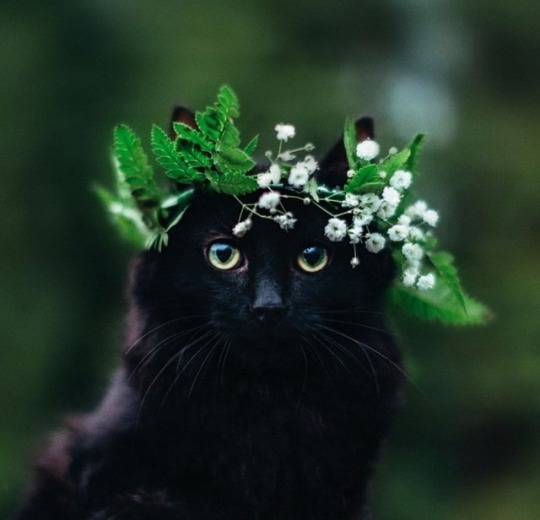
May 29, 2018: Flower Moon in Sagittarius, 10:20 am
We got a full moon coming up on Tuesday, witchy babes. The moon enters Sagittarius on 2:29 (Eastern Standard Time) on Monday, May 28, 2018, and is expected to hit the peak of her full moon cycle at 10:20 am on Tuesday, meaning that both Monday and Tuesday nights are the ideal times for spellwork.
Monday and Tuesday will be excellent for spells and divination regarding growth and improving communication. Full moons are also a time for spellwork regarding completions, healing, and empowerment.
For green or hedge witches who will be gardening during this time, a moon in Sagittarius is an excellent time to prune to stop growth (particularly useful if you have a beautiful but pesky plant that has its eyes on taking over the garden -- I’m looking at YOU, MINT.) The waxing-to-full cycle (so days leading up to Monday) are a time for planting crops with seeds inside (berries, drupes, legumes, pomes). The following cycle, full-to-waning, is a time to plant root crops, bulbs, and perennials.
Here are the celestial and spellwork details to help you plan your night(s):
Date: May 29, 2018
Time: 10:20 am (EST)
Moon sign: Sagittarius ♐
Moon enters Sagittarius 2:29 pm (EST) on May 28, 2018
Distance from Earth: 398,452 km
Sun sign: Gemini ♊
Moon names: Flower Moon, Milk Moon, Grass Moon, Hare Moon, Corn Planting Moon
Lunar elemental association: Fire
Ritual themes: Growth, improving communication (either in general or pertaining to a specific situation)
Incense: Cinnamon
Color: Scarlet
Sources: Llewellyn’s 2018 Magical Almanac, NASA, Green Witchcraft (Ann Moura)
#full moon#full moon sabbat#sabbat#full moon in sagittarius#sagittarius#gemini#lunar magic#lunar witchcraft#moon magic#lunar witch#moon witch#witch#witches#witches of tumblr#witchblr#witch community#flower moon#milk moon#may full moon#spellwork#spellcraft#magic#witchcraft#wicca#pagan#pagan wicca#green witch#green witchcraft#hedge witch#hedge witchcraft
1K notes
·
View notes
Text
Where Are the Best Places to Grow Apples?
When choosing where to plant apples, choose the proper location. This will ensure that you get the most out of your fruit and that your apples taste delicious. Your front yard, backyard, and trees are some of the most common places to plant fruits. You should, however, consider the types of apples you have.
Avoid basements and attics if you want your apple tree to thrive. These areas are usually excellent, but the temperature and humidity could be better for fruit growth. They can also provide excellent habitats for pests. If you store your fruits in your basement or attic, keep them in a well-ventilated area and check them for blemishes regularly. The University of Minnesota recommends storing items in newspaper-lined baskets.
Aside from the basement or attic, there are a few other options for storing fruit. Consider an unheated garage, mainly if your apples are in season. Some varieties, such as Honeycrisp and Red Delicious, can be stored for up to four months. Keep your apples in the dark, cool, well-ventilated place if possible, and make sure they are in good condition. To keep their quality, remove any rotting apples and make sure the rest are moist.
Apple trees can develop several issues due to being planted in low-lying areas. A lack of air circulation, a cold climate, or poor soil can all be detrimental to the tree. Furthermore, the tree will be vulnerable to a variety of apple-related diseases. Keep the following tips in mind to avoid these issues. The first step is to ensure that the area where the tree will be planted is well-drained. This will aid in the prevention of root rot. In poorly drained soil, root rot can occur, resulting in stunted growth. The problem is exacerbated if the soil is clay.
The following step is to ensure that the location is well-lit and sunny. Apples require at least six hours per day of direct sunlight. Avoid areas with the wet or low-lying ground. These conditions can be complex on the apple tree, causing it to grow slowly and produce soft or rotting fruit.
It's not all about hard work when pruning your apple tree. A few strategic cuts can help you maximize fruit production while reducing stress. Because your pruning efforts are likely to be limited during winter, a little extra attention during warmer months will go a long way. Generally, the best time to prune your tree is in the dying days of spring, before the dreaded freeze spell arrives.
Pruning an apple tree isn't particularly enjoyable, but a little knowledge and a dash of luck will ensure that your tree is healthy, happy, and on its way to fruition. Keep the following guidelines in mind to keep your prized possession happy.
The process of transferring pollen from one part of a flower to another is known as cross-pollination. This transfer occurs in apples when the flower's male anther combines with the female stigma. Cross-pollination is required for fruit production in most fruit varieties. Cross-pollination accounts for a significant portion of the fruit produced by pears and apples. Because some of these trees are self-fertile, it is critical to plant various fruits. Self-fertile varieties are frequently seedless and small. They do, however, occasionally set fruit.
The environment can impact a tree's ability to produce fruit during the blossoming period. Blossoms can be damaged by bad weather and destroyed by fungus diseases. Generally, it is best to plant a variety that is both productive and appropriate for the local climate. Fungous diseases can also interfere with a tree's ability to set fruit. Fungus diseases not only harm the pome fruit but can also destroy the blossoms.
0 notes
Text
Fire blight pear tree

#Fire blight pear tree how to
Disinfect tools with a solution of bleach and water. Fire blight bacteria can move down a branch and form a canker it can eventually kill the branch or even the entire specimen. Blackened flowers are an indication of fire blight. Remove dead branches and twigs, as well as damaged fruit. While Bradford pear trees are relatively resistant to fire blight, that does not mean that they are totally immune to it (especially in warmer climates). Prune infected growth to healthy wood as soon as it appears. Rake and burn fallen plant debris in fall. Avoid overhead irrigation.Įnsure adequate spacing between trees to increase air circulation, and to allow sunlight to penetrate the foliage. Ensure adequate spacing between trees to increase air circulation, and to allow sunlight to penetrate the. Use a drip system or allow a hose to drop slowly at the base of the tree. Water pear trees carefully and keep the foliage as dry as possible. Fire blight reduced the number of ‘Bartlett’ trees to three in 2007. Trees were propagated on ‘Bartlett’ seedling rootstock. Use a drip system or allow a hose to drop slowly at the base of the tree. Spray the tree thoroughly until the fungicide drips from the leaves. New Fire Blight Resistant Pear Cultivars Mid-Atlantic Fruit and Vegetable Convention January 2013. Spray the tree thoroughly until the fungicide drips from the leaves. Treating pear fruit spot requires a combination of chemical and cultural practices.Īpply fungicides as soon as leaves are fully developed, then repeat three more times at two-week intervals. The disease is indigenous to North America and has spread to more than 50 countries since its discovery in 1870s. Lesions on pears are slightly sunken and black. Fire blight, caused by Erwinia amylovora, is a devastating disease of apples and pears, causing enormous economic losses around the world. Purple to black lesions, with spores, also appear on twigs. Eventually, severely infected foliage turns yellow and leaves drop from the tree. When the foliage is wet, a gooey, shiny mass of spores oozes from the pimple. A yellow halo may develop around the lesions. As the lesions mature, they become purplish black or brown with a small pimple in the center. Fruit spots appear as small, purplish spots, generally on the younger, lower leaves. Symptoms of pear leaf blight and fruit spot are fairly easy to discern. Fire blight causes vascular wilt in many varieties of pome trees (apples, pears, and ornamental pears) and members of the Rosaceae family (a wide range of. The bacteria are carried to other trees by insects, wind, splashing water, and rain. Pear leaf blight and fruit spot is caused by Fabraea maculata, a fungus that infects all parts of the tree.
#Fire blight pear tree how to
Let’s learn how to treat pear fruit spot. Although the disease is difficult to eliminate, it can be successfully managed by using a combination of approaches. Pear leaf blight and fruit spot is a nasty fungal disease that spreads quickly and can defoliate trees in a matter of weeks.

0 notes
Photo
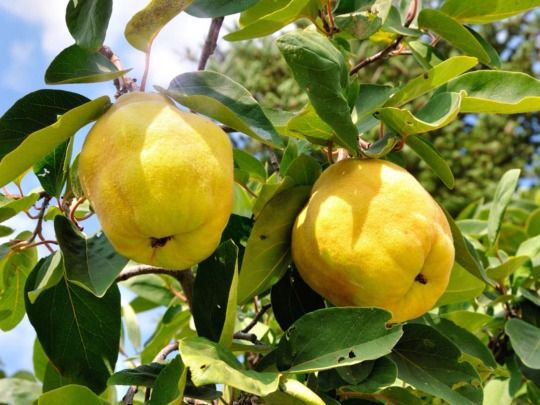
Exotic Cydonia oblonga Champion Common Quince fruit tree , Organic Non-GMO B5 Looking for opportunities to add fruiting plants to your landscape? Delicious, prolific Champion Common Quince (Cydonia oblonga 'Champion') is a very reliable producer of large, pear-shaped fruit with light green skin in the mid-season.
If you love to cook, grow Quince Champion to make beautiful jellies and jams that cook to a pale pink. Drizzle quince syrup over ice cream; or make quince wine for a signature cocktail.
Cydonia oblonga, commonly known as common quince, is a deciduous, multi-stemmed small tree or large shrub that features crooked branches clad with broad-ovate to broad-elliptic pale green leaves (to 4" long) that are gray-hairy below. Common quince is primarily grown today for fruit production or as a dwarfing pear rootstock. It is native to rocky slopes and woodland margins in the Trans-Caucasus region which includes Iran, Armenia, Azerbaijan, southwestern Russia and Turkmenistan. Plants have escaped garden plantings in the U. S. (particularly in the northeast), but plants are generally not considered to be invasive. Commercial production in the U. S. is very limited (mostly in California and New York).
Count: 5 USDA Zone: 5 to 10
Common quince typically grows to 10-15' (less frequently to 20') tall. Solitary, five-petaled, pale pink to white flowers (2 1/2" diameter) bloom from leaf axils in late spring (May) on current season's growth. Immature fruits (round to pear shaped quinces to 3" diameter) are green with gray-white shading but mature in fall to bright yellow. Fruit on cultivated varieties is usually larger. In climates with warm winters, quinces will fully ripen on the tree/shrub and can be enjoyed fresh-picked. However, in many areas where grown in the U. S., quince fruits are still very astringent in October when they first begin to ripen, hence they are usually cooked rather than consumed fresh. Quinces may be used in jellies, preserves and pies.
Scarification: Soak in water, let stand in water for 12 hours. Stratification: warm stratify for 2 weeks, cold stratify for 120 days. Germination: Sow seed 1/4 inch deep, tamp the soil, and mulch the seed bed.
Planting and Application: This is a self-pollinating cultivar, so you'll get plenty of pectin-rich fruit from one plant. However, yields per Champion Quince will be greater with two or more plants.
Fragrant pink flowers age to white for a pretty springtime show. The oblong fruit starts off firm, and is cooked to bring out the full complement of spicy flavors...including notes of apple, pear and a zest that is all it's own. With a moderately trailing growth habit, this rounded deciduous shrub can be used in many ways in the landscape. It's a top contender for a naturalized permaculture planting with pliable branches that can be woven into an old-fashioned hedgerow. Prune flat to a sturdy trellis in an espalier, and you'll gain a beautiful garden feature with an easier harvest. Get how-to's and pro tips at the NatureHIlls.com Garden Blog. You can also train Champion Common Quince as a stand-alone shrub or tree. Keep them pruned for easy harvest using summer pruning for size control. Champion Quince bushes should be grown away from other pome fruits, like Apple and Pear for the best garden hygiene. Give Quince space to develop their sweet, savory fall fruit for a delightful taste treat.
#ProPlantTips for Care: Choose a planting site in full sun with well-drained soil and good air circulation.
Water fruiting plants on a consistent schedule through fruit development. Touch the soil near the base of your Champion Quince tree and apply water when it starts to get dry. For the first several years, you'll be working to establish the structure branches to provide a framework for the fruiting spurs. Prune with a vase-shaped open center or start training your espalier in late winter as your Quince is dormant. Add a three-inch layer of mulch around the trunk, then pull it back away from touching the stems. Fertilize with good quality fruiting tree formula in early spring...and reapply according to the label directions. http://springsofeden.myshopify.com/products/exotic-cydonia-oblonga-champion-common-quince-fruit-tree-organic-non-gmo-b5
0 notes
Text
Galigan 2E Herbicide with Oxyflurofen equivalent to goaltender 6666049
Galigan 2E Herbicide with Oxyflurofen equivalent to goaltender 6666049

For use on: Almond, Anona, Apple, Apricot, Artichoke, Aster, Avocado, Banana, Begonia, Berries, Blackberry, Blueberry, Brassica, Broccoli, Cabbage, Caneberries, Carnation, Cauliflower, Cherry, Christmas trees, Chrysanthemum, Citrus, Conifers, Corn (maize), Cotton, Cranberry, Currant, Dahlia, Dates, Deciduous fruits, Dewberry, Eggplant, Eucalyptus, Figs, Flowers, Forestry, Fruits, Garlic, Gladiolus, Gooseberry, Grapefruits, Grapes (vine), Horseradish, Iris, Kiwi, Lemons, Lilium, Loquat, Macadamia Nuts, Mango, Marigold, Mint, Narcissus , Nectarine, Nursery, Olive, Onion, Oranges, Orchids, Ornamental, Papaya, Peach , Pear, Pecan, Persimmon, Phlox, Pineapple, Pistachio, Plum, Poinsettia, Pome Fruit, Pomegranate, Poplar, Prune, Quince, Raspberry, Rice, Rubber, Soybean, Stone Fruit , Strawberry, Subtropical & tropical fruits, Sunflower, Tomato, Walnut, Zinnia GALIGAN is a herbicide of the diphenyl-ether group used for selective weed control in a wide range of fruit trees, vegetables, field crops, ornamentals, forestry, sugarcane and non-crop areas GALIGAN is used in pre-plant, pre-emergence and post-emergence applications. GALIGAN has prolonged residual activity and shows negligible leaching. Minimal rain or irrigation is necessary to activate the residual effect. GALIGAN may be tank-mixed with GLYPHOGAN, paraquat or glufosinate to improve its contact activity, and with many residual herbicides to broaden the spectrum of weeds controlled in various crops. GALIGAN is available in Emulsifiable Concentrate (EC) formulations
Read more on https://www.farmgardensuperstore.com/product/galigan-2e-herbicide-with-oxyflurofen-equivalent-to-goaltender-6666049/
0 notes
Text
Pomegranate
Pomegranate
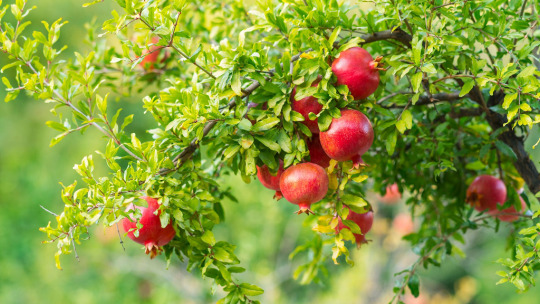
The pomegranate is famously known as the fruit of heaven belongs to the berry family. Pomegranate fruit is a delicious fruit and has juicy grains inside. Grow pomegranates as large, shrub or small trees.
Types
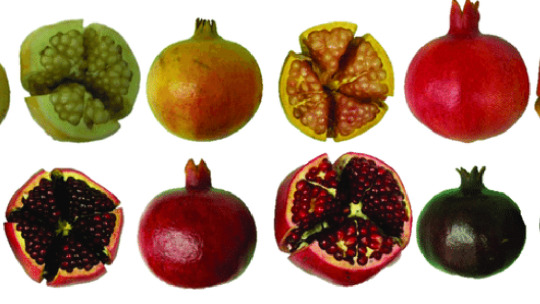
There are 1200 different varieties of pomegranate which have unique tastes and various colours. There are purple hearts, Eversweet, wonderful, kazake, red silk, texas pink.
Purple heart
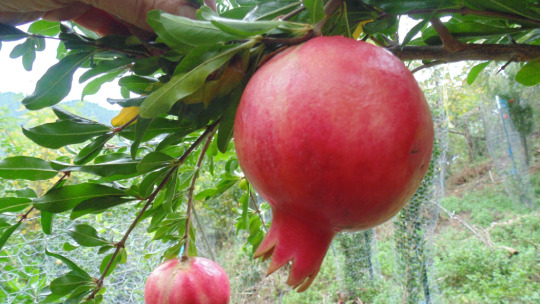
Purple heart varieties are large with dark red. Fruits begin to produce at about 3 years old. Pick fruit off a tree when it is mature. These pomegranate plants grow 12-30 feet tall and wide. Provide lots of health benefits. They are the best immune boosters and good healers.
Eversweet
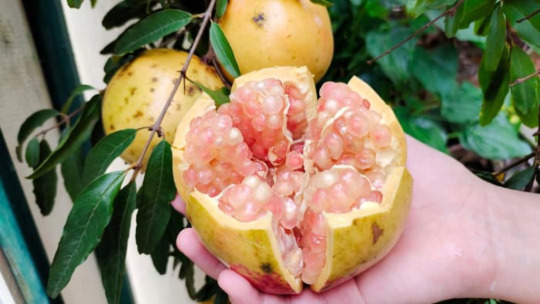
The color of the pomegranate is pinkish-pale red. Eversweet seeds are a little hard in texture and are highly nutritious containing vitamins A, C and E. Pomegranate trees are glossy, narrow leathery leaves which are lance-shaped. These varieties are self-pollinated. This is a national fruit of Iran.
Kazake
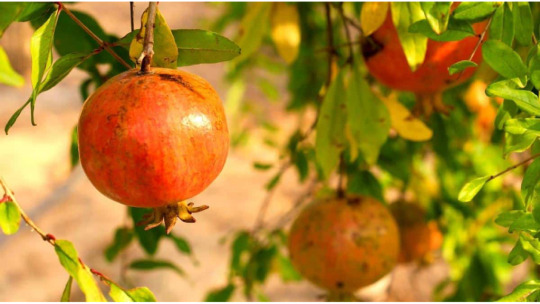
Kazake varieties produce medium to large size fruit. This is the most dwarfing species. This pomegranate plant is fast-growing with drought tolerant. This is a seeded fruit and it has a thick reddish outer covering. These flowers often fall off the branches rather than converting into fruit.
Red silk
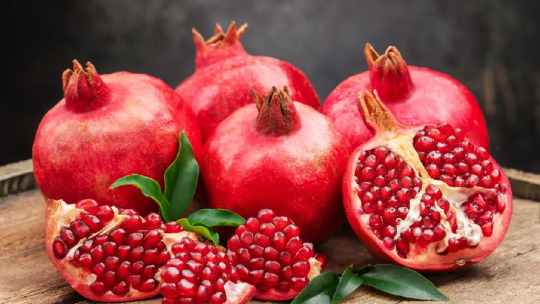
Red silk is the best pot-growing variety, which is a semi-dwarf growth habit. It has dark red flesh and red arils. Grows trees in hot and dry climatic conditions. Its contain fibre which keeps our digestive system healthy.
Texas pink
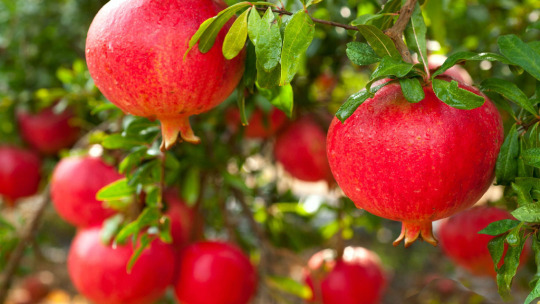
Texas pink pomegranate plant produces attractive blooming which converts pink fruits. This variety is a famous ornamental fruit plant. Texas pink is a self-fertile plant. It has large edible seeds.
Wonderful
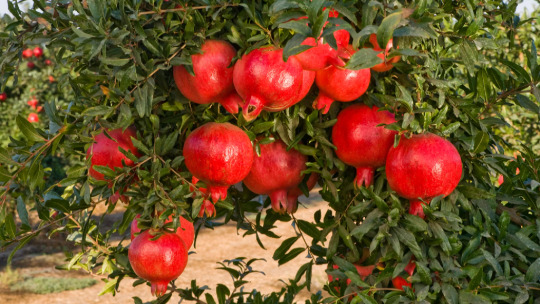
Wonderful pomegranate plant is the most common variety grown in the low desert of Arizona. Mix a teaspoon of natural honey in half a liter of water and spray directly on the flower with the help of a spray bottle. This will attract honey bees for pollination. This tip helps to increase the yield. This fruit is too sweet and highly beneficial.
Seed
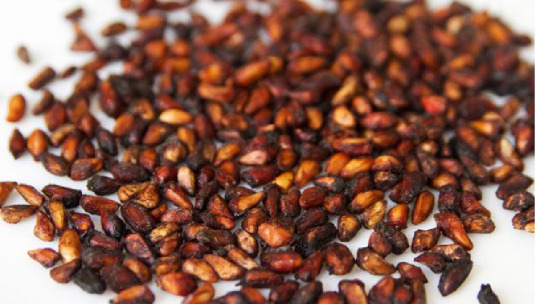
In this Punica granatum fruit plant seeds are also edible. It contains vitamins, minerals and antioxidants. In average one fruits can hold 1000 seeds. Seeds are covered with glowing red skin.
Soil
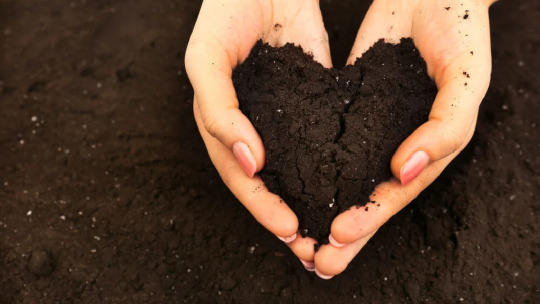
For better growth and development prefers to grow in well-drained loamy soil. Soil mix with 80% bone meal and 20% neem cake.
Water
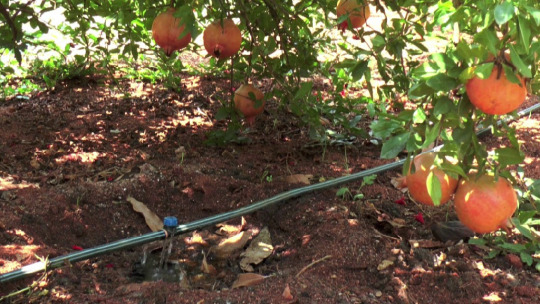
For mature pomegranate tree, adequate irrigation especially during the dry periods is very important to improve growth, fruit set, yield and fruit size.
Sunlight
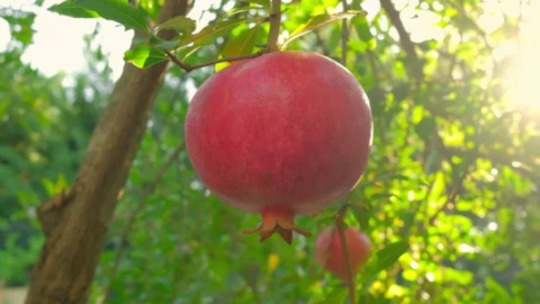
Select the location to keep the pomegranate plant with plenty of sunlight. In cooler climates, plant pome tree with western exposure. Requires 6 hours’ of direct sunlight.
Fertilizer
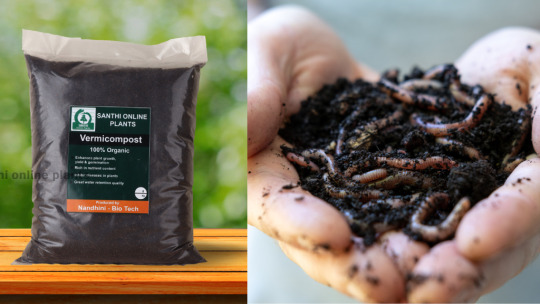
Repotting
Good organic mulch and cow manure can improve plant growth and soil fertility. Application of vermicompost at monthly intervals.
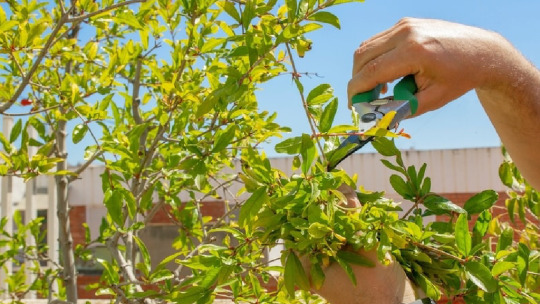
ication of vermicompost at monthly intervals.
Repotting
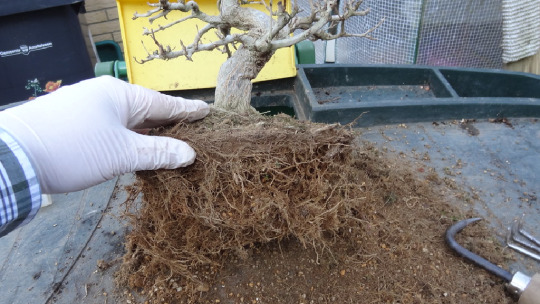
Repot the plant into a new pot when the root bound occurs. Normally repot the plant for two to three years.
Pruning
The best time for pome tree pruning is late winter, after harvesting the fruits. Branch pruning can increase fruit production. Pruning the roots will help to reduce root bound. Pruned the tree before repotting.
Benefits
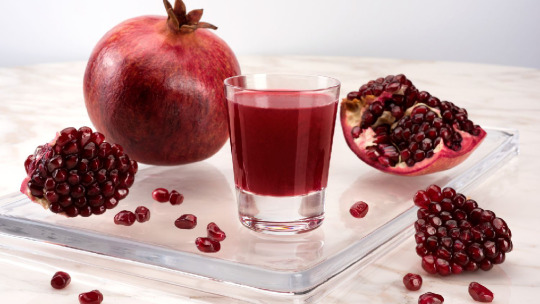
Daily consumption of pome gives us strength and energy
Its contain fibre which keeps our digestive system healthy.
Punica granatum helps to increase appetite.
Punica granatum is highly beneficial for pregnant women.
Reduces pain in joints and arthritis.
Keep your earth clean and green…!
Pomegranate fruit plant
Blog created by: Santhionlineplants
0 notes
Text
Pomegranate

The pomegranate is famously known as the fruit of heaven belongs to the berry family. Pomegranate fruit is a delicious fruit and has juicy grains inside. Grow pomegranates as large, shrub or small trees.
Types
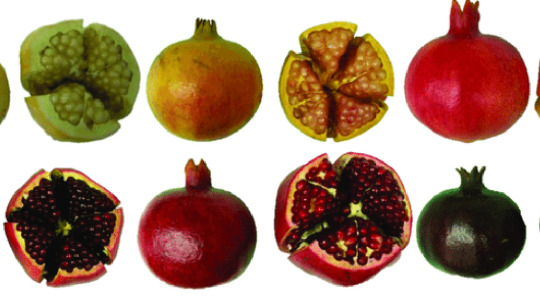
There are 1200 different varieties of pomegranate which have unique tastes and various colours. There are purple hearts, Eversweet, wonderful, kazake, red silk, texas pink.
Purple heart
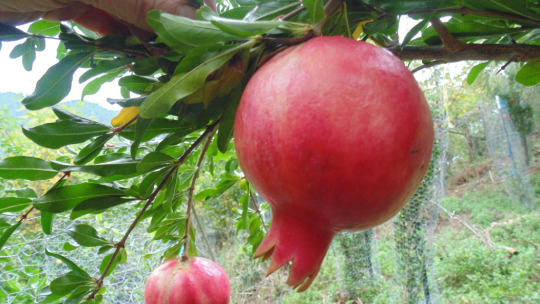
Purple heart varieties are large with dark red. Fruits begin to produce at about 3 years old. Pick fruit off a tree when it is mature. These pomegranate plants grow 12-30 feet tall and wide. Provide lots of health benefits. They are the best immune boosters and good healers.
Eversweet
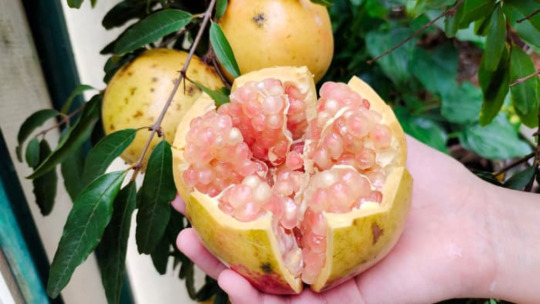
The color of the pomegranate is pinkish-pale red. Eversweet seeds are a little hard in texture and are highly nutritious containing vitamins A, C and E. Pomegranate trees are glossy, narrow leathery leaves which are lance-shaped. These varieties are self-pollinated. This is a national fruit of Iran.
Kazake
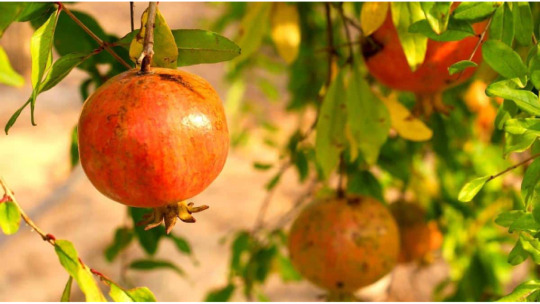
Kazake varieties produce medium to large size fruit. This is the most dwarfing species. This pomegranate plant is fast-growing with drought tolerant. This is a seeded fruit and it has a thick reddish outer covering. These flowers often fall off the branches rather than converting into fruit.
Red silk
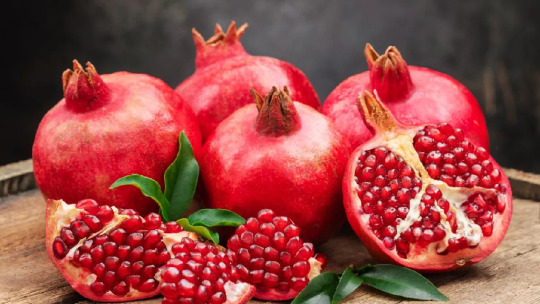
Red silk is the best pot-growing variety, which is a semi-dwarf growth habit. It has dark red flesh and red arils. Grows trees in hot and dry climatic conditions. Its contain fibre which keeps our digestive system healthy.
Texas pink
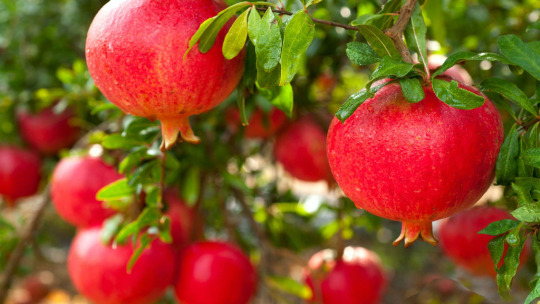
Texas pink pomegranate plant produces attractive blooming which converts pink fruits. This variety is a famous ornamental fruit plant. Texas pink is a self-fertile plant. It has large edible seeds.
Wonderful
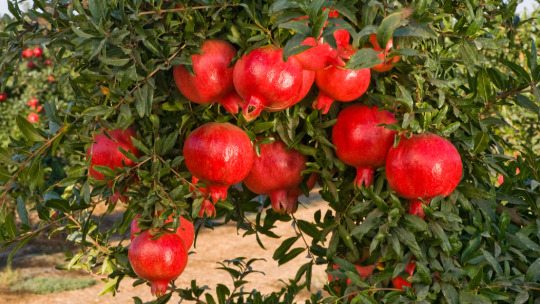
Wonderful pomegranate plant is the most common variety grown in the low desert of Arizona. Mix a teaspoon of natural honey in half a liter of water and spray directly on the flower with the help of a spray bottle. This will attract honey bees for pollination. This tip helps to increase the yield. This fruit is too sweet and highly beneficial.
Seed
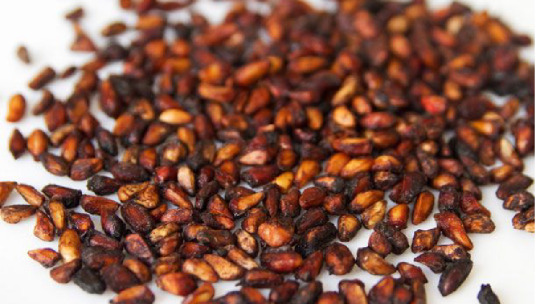
In this Punica granatum fruit plant seeds are also edible. It contains vitamins, minerals and antioxidants. In average one fruits can hold 1000 seeds. Seeds are covered with glowing red skin.
Soil
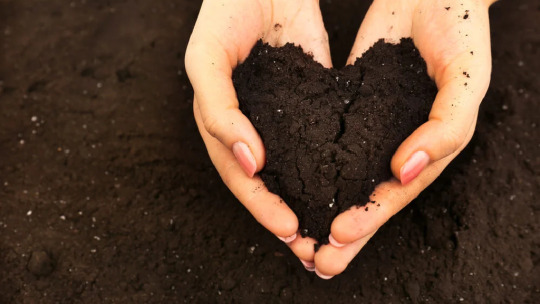
For better growth and development prefers to grow in well-drained loamy soil. Soil mix with 80% bone meal and 20% neem cake.
Water

For mature pomegranate tree, adequate irrigation especially during the dry periods is very important to improve growth, fruit set, yield and fruit size.
Sunlight
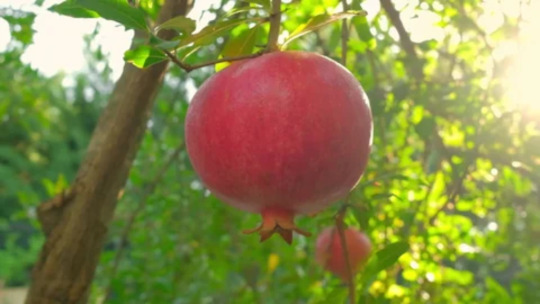
Select the location to keep the pomegranate plant with plenty of sunlight. In cooler climates, plant pome tree with western exposure. Requires 6 hours’ of direct sunlight.
Fertilizer
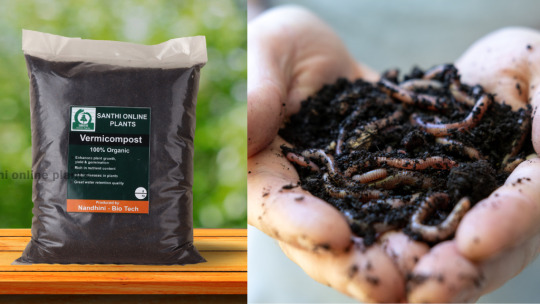
Good organic mulch and cow manure can improve plant growth and soil fertility. Application of vermicompost at monthly intervals.
Repotting
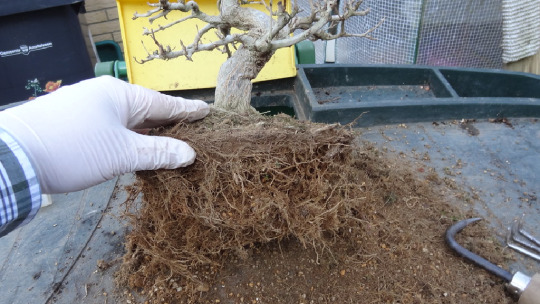
Repot the plant into a new pot when the root bound occurs. Normally repot the plant for two to three years.
Pruning
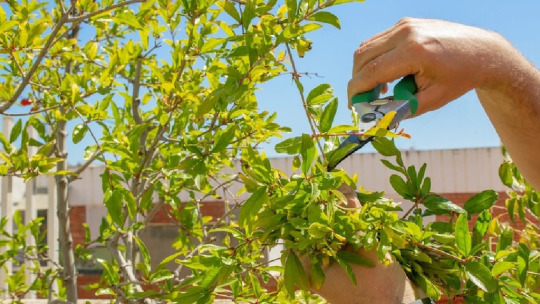
The best time for pome tree pruning is late winter, after harvesting the fruits. Branch pruning can increase fruit production. Pruning the roots will help to reduce root bound. Pruned the tree before repotting.
Benefits
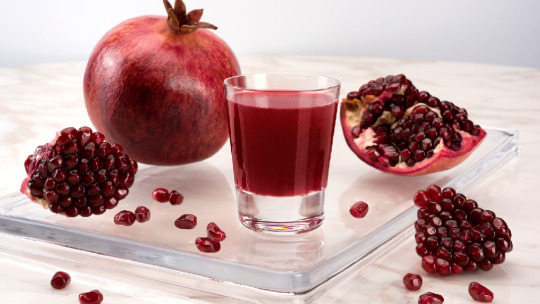
Daily consumption of pome gives us strength and energy
Its contain fibre which keeps our digestive system healthy.
Punica granatum helps to increase appetite.
Punica granatum is highly beneficial for pregnant women.
Reduces pain in joints and arthritis.
Keep your earth clean and green…!
Pomegranate fruit plant
Blog created by: Santhionlineplants
0 notes
Text
The Nuances of Goji Berry Plant
Chia seeds are likewise an excellent supply of both protein and fiber. Chia seeds for running endurance is among the most well-known usages. When the plant is about to produce fruits, you may enjoy the harvest for the subsequent fifteen decades or more. This way you haven't lost the plant. By stimulating the main system, plants can breathe easily. Due to the advantages of wolfberries and as a result of how it's a no-nonsense plant, it has become rather popular in the USA. You may want to do a tiny amount of water-soluble fertilizer to acquire it going and I am going to have a really attractive clematis for a long time to come.
Be certain you prune the tree regularly. Whenever your pineapple bush starts to flower you will observe in what way the flowers transmute in the very best pineapple fruit you've ever had. Goji berry bushes grow very readily, even without a lot of care.
The flavor is supposedly sweet and the wolfberries nature is called calm. The taste is quite much like raisins. In this way, people are able to enjoy their preferred drink whilst simultaneously addressing a sexual issue. . It's best for a diabetic diet. Our standard American diet requires some help. It provides you protein your body needs and it'll keep you hydrated.
,
Antioxidants can happen naturally in some foods. It's an extremely strong antioxidant, even thought to protect against a cardiac arrest. Generally, bearberry extract is a powerful skin lightening agent. So, the roots are likely to have the ability to grow well.
Berries are extensively employed for culinary purposes. These berries not just supply an obvious skin complexion, but in addition promote hair development. They are very nutritious. They are able to prevent heart disease. It sounds so great, it is difficult to believe how many fantastic things hide in those smaller berries.
Many people everyday are hunting for where to get miracle fruit online. Miracle fruit is entirely legal as it doesn't alter your mental awareness at all. In the winter it can be made out of frozen fruits and I know of it being made out of canned tart red cherries. Ideally you'll need to have the entire mango fruit to start with.
The fruit is a little pome and has quite a bitter flavor. Fresh fruits, in their normal form, are also simple to digest, when compared with nutritional supplements. If that's the case, its juice may be used. It's used to create juices, jam, wine, etc..
Secondly, fruits have attractive colours and can be grouped into different kinds. But for the list mentioned previously, there are numerous different fruits found on the planet. I The Goji juice consists of nutrients which can help you recover your skin troubles and provide you with a glowing skin. The Goji juice is merely perfect to make certain that you get all of the necessary nutrients. By and big, everyone loves fruits. It's sometimes referred to as starvation fruit.
From time to time, herbal treatment may produce consequences that might look like side results. It is a powerful medicine utilized for more than all well being. It's employed as a standard Chinese medicine for ages. Additionally, it promotes the wellness of eyes, and improves eyesight. More and more individuals are observed to be taking an active role in caring for their wellness, and this is an excellent thing. One other important advantage of goji berry is it has the potential to increase the immune system. Goji Berry Health benefits are also rather impressive as it comprises a great amount minerals and vitamins in contrast to other vegetables and fruits.
As a rich supply of a lot of the vitamins and minerals important to nutrition, goji berries are full of antioxidants. Fortunately, are lots of websites where to purchase miracle fruit online.
Today, versatile types of goji berry products are readily available in market. What's more, it is certainly not a replacement for a wholesome diet. Thus you have a vast choice to pick from as a way to present your plants added life. So, there are several choices to earn goji juice at home.
Goji Berry Plant Options
There are a number of inedible, and even deadly, plants on earth. Although chia has existed since the Aztecs, just a few studies are done on the wholesome advantages of this food. Additionally, it possesses anti-inflammatory properties. In addition, it has anti-inflammatory properties. Thus, when you're in the garden center you most likely want to search for what you have to have the means of clematis.
0 notes
Text
Galigan 2E Herbicide with Oxyflurofen equivalent to goaltender 6666049
Galigan 2E Herbicide with Oxyflurofen equivalent to goaltender 6666049
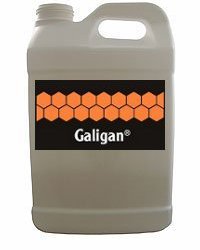
For use on: Almond, Anona, Apple, Apricot, Artichoke, Aster, Avocado, Banana, Begonia, Berries, Blackberry, Blueberry, Brassica, Broccoli, Cabbage, Caneberries, Carnation, Cauliflower, Cherry, Christmas trees, Chrysanthemum, Citrus, Conifers, Corn (maize), Cotton, Cranberry, Currant, Dahlia, Dates, Deciduous fruits, Dewberry, Eggplant, Eucalyptus, Figs, Flowers, Forestry, Fruits, Garlic, Gladiolus, Gooseberry, Grapefruits, Grapes (vine), Horseradish, Iris, Kiwi, Lemons, Lilium, Loquat, Macadamia Nuts, Mango, Marigold, Mint, Narcissus , Nectarine, Nursery, Olive, Onion, Oranges, Orchids, Ornamental, Papaya, Peach , Pear, Pecan, Persimmon, Phlox, Pineapple, Pistachio, Plum, Poinsettia, Pome Fruit, Pomegranate, Poplar, Prune, Quince, Raspberry, Rice, Rubber, Soybean, Stone Fruit , Strawberry, Subtropical & tropical fruits, Sunflower, Tomato, Walnut, Zinnia GALIGAN is a herbicide of the diphenyl-ether group used for selective weed control in a wide range of fruit trees, vegetables, field crops, ornamentals, forestry, sugarcane and non-crop areas GALIGAN is used in pre-plant, pre-emergence and post-emergence applications. GALIGAN has prolonged residual activity and shows negligible leaching. Minimal rain or irrigation is necessary to activate the residual effect. GALIGAN may be tank-mixed with GLYPHOGAN, paraquat or glufosinate to improve its contact activity, and with many residual herbicides to broaden the spectrum of weeds controlled in various crops. GALIGAN is available in Emulsifiable Concentrate (EC) formulations
Read more on https://farmgardensuperstore.com/product/galigan-2e-herbicide-with-oxyflurofen-equivalent-to-goaltender-6666049/
0 notes